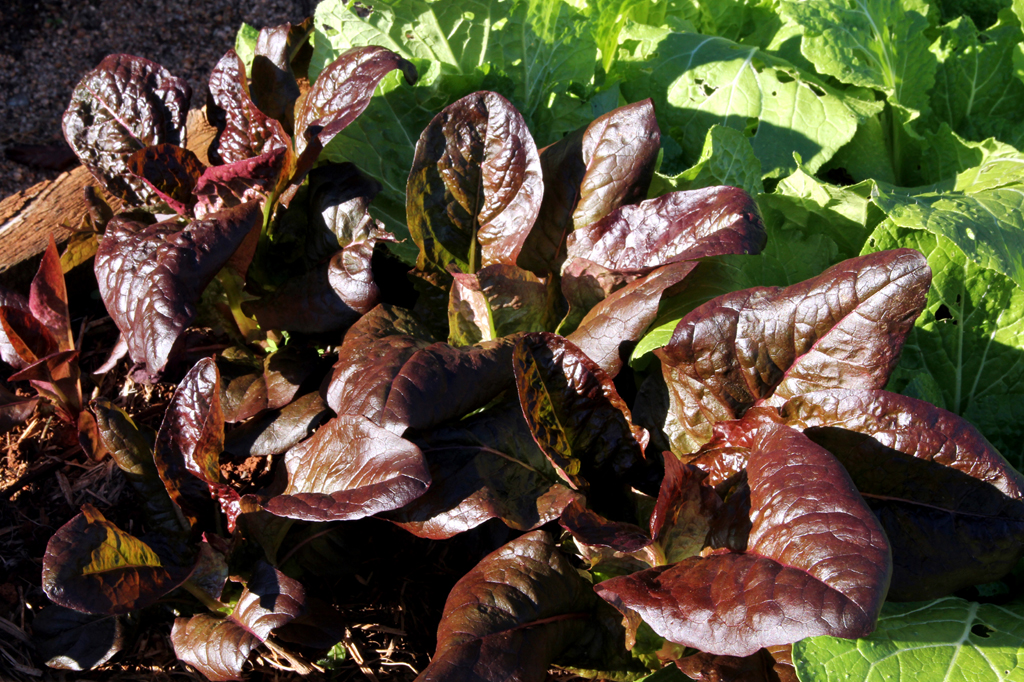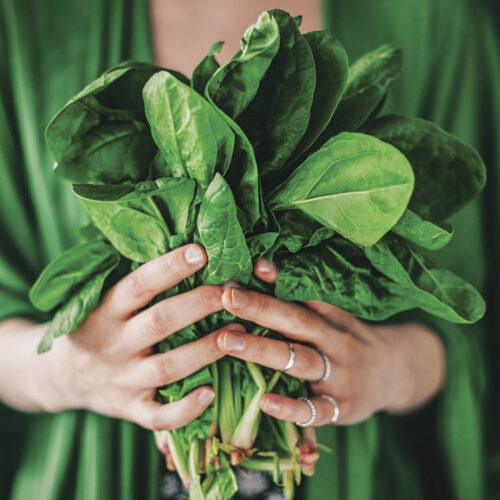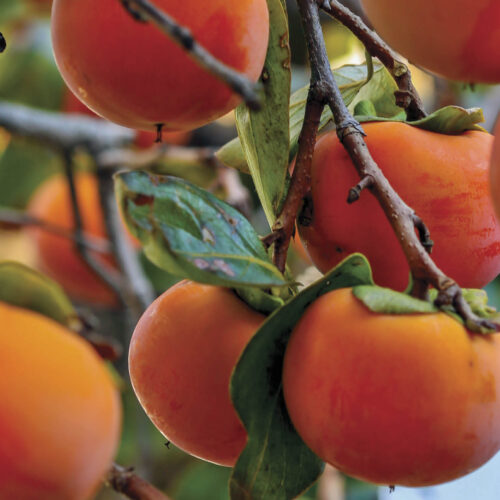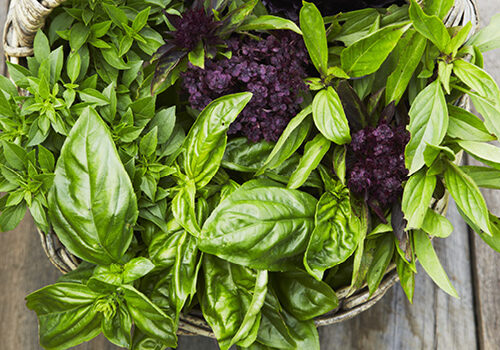February planting tips
2017-01-24T14:30:00+11:00
Late summer is a mixed bag of weather across Australia. Check out JUSTIN RUSSELL's guide to February planting.
In cool temperate zones the first frosts are just three months away, which doesn’t give enough time to plant any more summer crops. It’s time get started with cool season veg such as broccoli, cabbage, cauliflower, Florence fennel, lettuces, raddichio, coriander and peas. Leeks and spring onions can also be started now, but hold off for a few months before planting bulb onions.
In warm temperate areas, it’s prime time for planting all of the above, plus root vegies like carrots and parsnips. Sow fresh seed directly into well prepared soil containing no extra fertiliser. Keep the seeds moist until germination – it helps to cover them with some shadecloth or hessian.
Arid/semi-arid zones are still too hot to do much in the way of planting. In frost-free areas try sowing dwarf cucurbits such as watermelon Golden Midget and cucumber Spacemaster. These will grow fast and produce good crops before the weather starts to cool.
In the subtropics it’s a good month for planting chillies and capsicum, while sweet corn sown directly into the garden should germinate strongly and be ready to eat in late autumn. Consider trying the “three sisters” technique – plant pumpkins at the base of young corn plants to shade the ground, and climbing beans to ramble up the spent corn stems.
In the tropics the monsoon is well underway. Plant out sprouted chokoes, and it’s a good time to start pineapples either from cut tops, or “pups” separated from the parent plant. Plant direct into very well drained soil enriched with compost, or into containers filled with a bromeliad potting mix.






